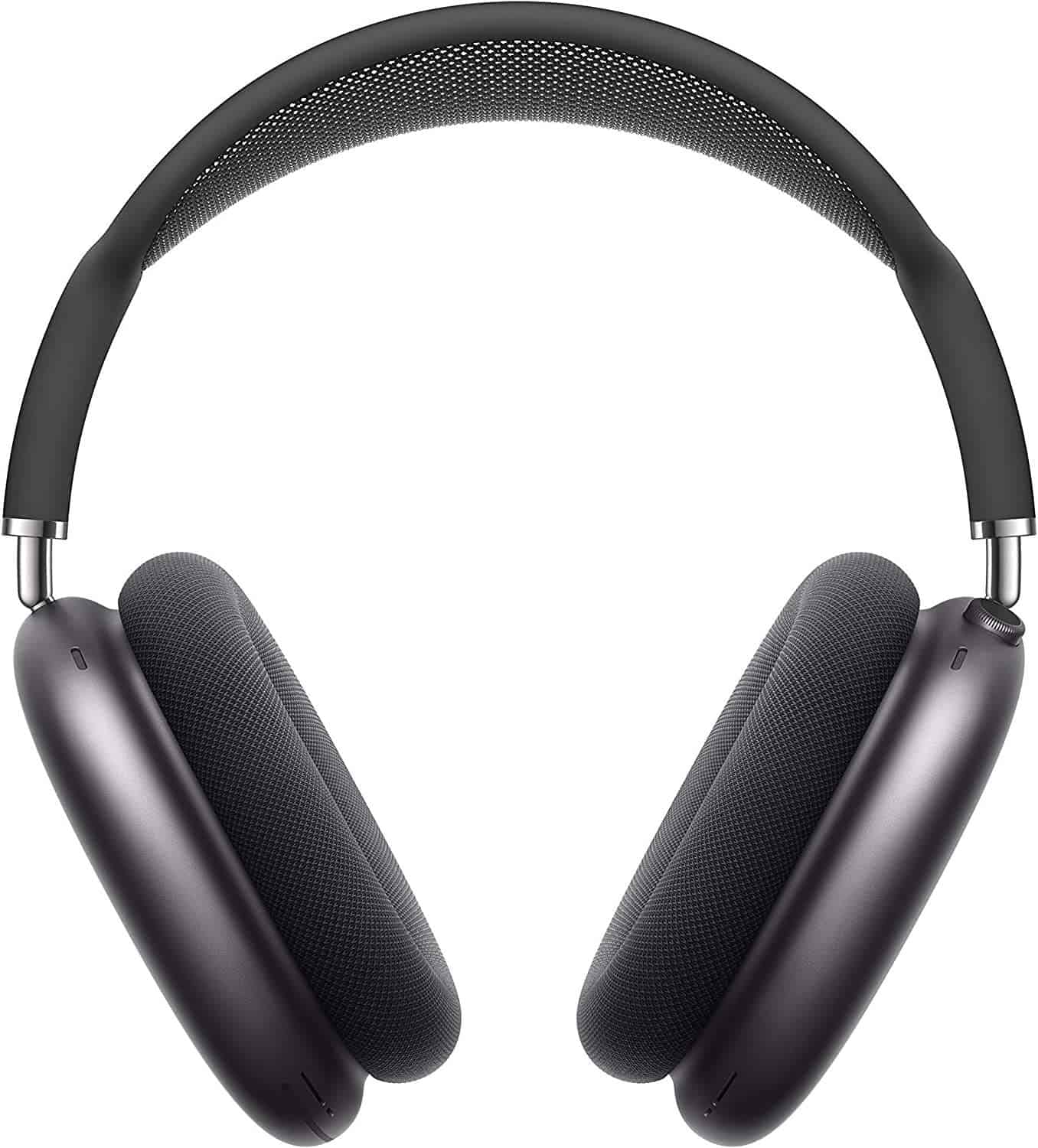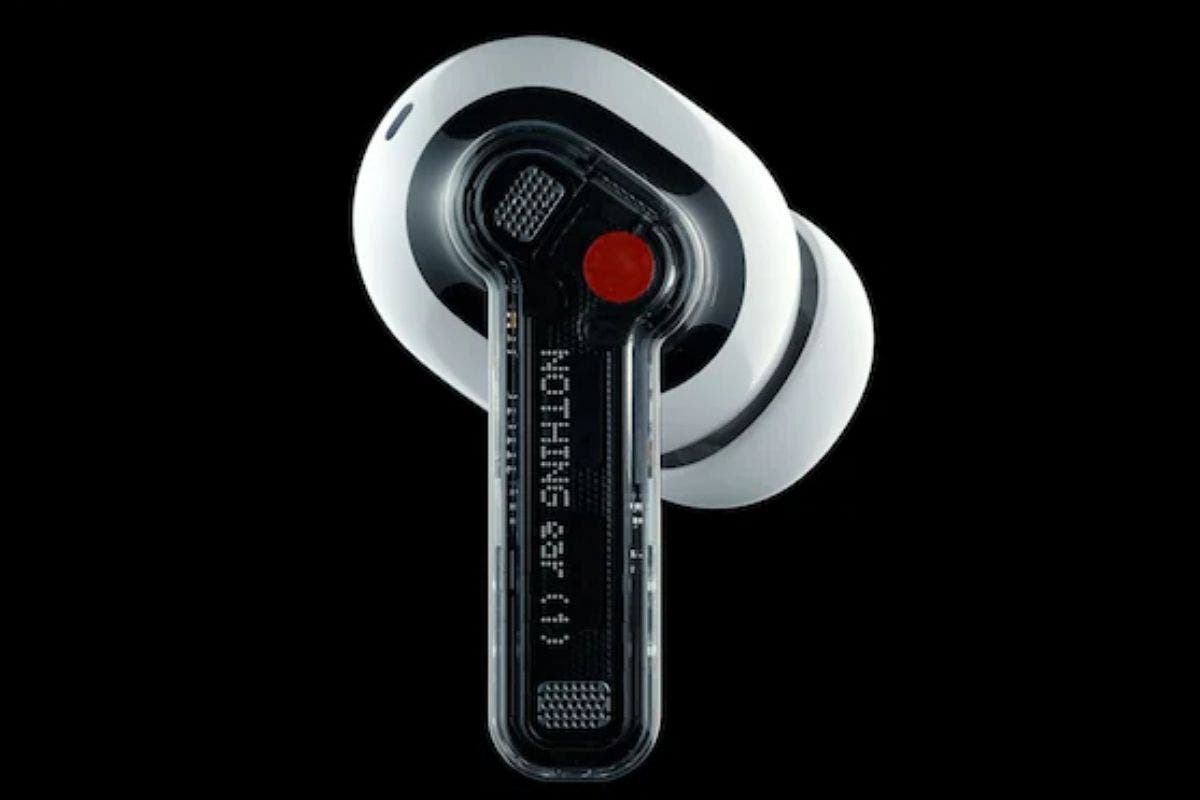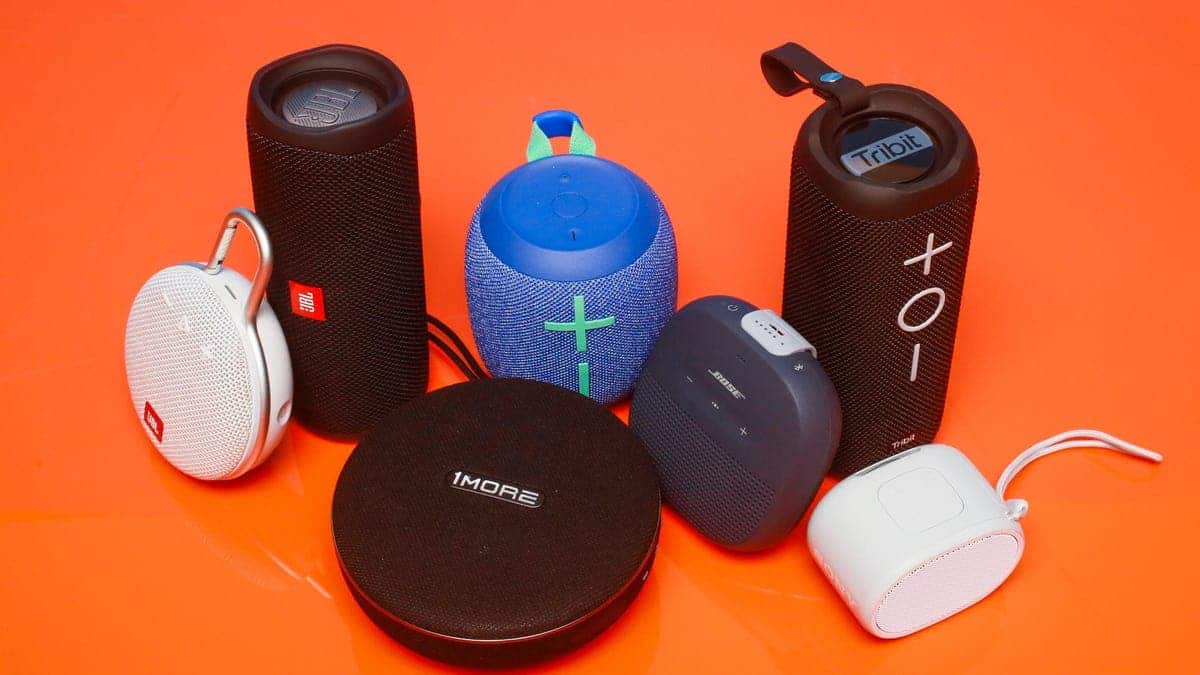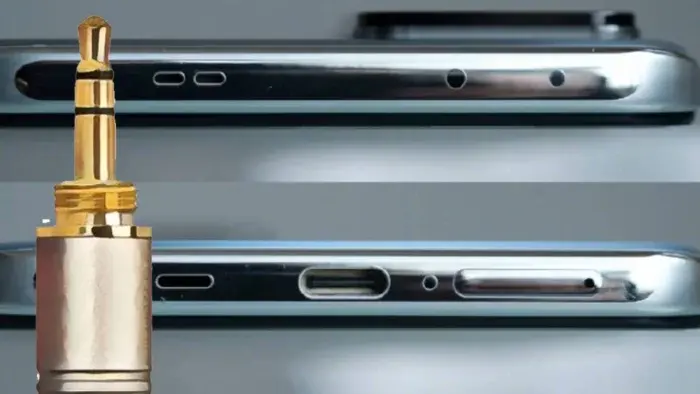Smartphones without a headphone jack have become the norm in the market, whether it’s iPhones or other Android devices that use USB-C connectors. This shift has prompted users to explore various solutions for listening to music or consuming content, primarily relying on wireless headphones or adapters.
In the mobile phone industry, manufacturers have gradually phased out the headphone jack from their new devices. Apple was a pioneer in this trend, driven by its development of wireless technologies, and other smartphone brands quickly followed suit.
While the headphone jack remains a cherished port for audiophiles, the general public has largely embraced the convenience of Bluetooth headphones and earbuds. For Android smartphones lacking a headphone jack, there are USB-C adapters available that allow you to connect your wired headphones for music playback. iPhones, on the other hand, use the Lightning port for transmitting audio.
When using a smartphone without a headphone jack, you have two main options:
- Wired Listening with USB-C or Lightning: You can continue to use your wired headphones or earphones by connecting them through the USB-C or Lightning port on your device. This typically involves using an adapter or cable that supports the USB Audio protocol.
- Wireless Listening with Bluetooth: To go completely wireless, you can invest in Bluetooth headphones or earbuds. These wireless devices connect to your smartphone via Bluetooth technology, providing a cable-free listening experience.
These options offer flexibility based on your preferences, whether you prefer the familiarity of wired headphones or the convenience and mobility of Bluetooth audio devices.
Solutions for smartphones without a headphone jack
Bluetooth Headphones
Perhaps the simplest solution when your smartphone lacks a headphone jack is to go wireless with Bluetooth headphones. We have a guide to the best wireless headphones, and here are some highly recommended options:
Sony WH-1000XM4

The Sony WH-1000XM4, which we’ve had the opportunity to test, features an adjustable headband and earcups that can fold flat for easy storage. It comes with touch controls for managing various functions, including active noise cancellation, and offers an impressive battery life of up to 40 hours.
It’s undoubtedly one of the best wireless headphones available on the market. The WH-1000XM4 works seamlessly not only with your smartphone but also with all your devices. Priced at around $300, it’s an excellent investment. Note that there’s a newer model, the WH-1000XM5, which doesn’t bring significant changes but comes at a much higher price.
Apple AirPods Max

Apple, of course, has capitalized on the absence of the headphone jack by developing its line of wireless devices. The AirPods Max wireless headphones are designed with audiophiles in mind. While they offer excellent sound quality, their selling price significantly reduces their value for money.
These headphones are sold at approximately $500 and are especially appealing to iPhone owners, provided you have the budget for them.
Sennheiser HD 350 BT

If you’re seeking high-quality yet affordable headphones, the Sennheiser HD 350 BT is an excellent choice. These headphones are known for their robust construction and support for AAC, AptX, and AptX Low Latency codecs.
One of its standout features is its exceptional battery life, offering up to 30 hours of usage on a single charge, making it ideal for extended listening sessions. Priced at less than $100, it represents the best value in its category.
These Bluetooth headphone options cater to various preferences and budgets, ensuring you can enjoy a wireless audio experience with your smartphone.
Wireless Earbuds
Sony WF-1000XM4

Sony offers one of the best pairs of wireless earbuds currently available. These earbuds deliver exceptional audio quality, and their active noise cancellation is among the best.
The Sony WF-1000XM4 comes in a compact case that also serves as a charging station. With two full charges in the case, you can enjoy up to six hours of use. Priced at $249, these earbuds come highly recommended.
Jabra Elite 85T

Navigating the world of headphones can be overwhelming, but you can avoid any confusion by opting for versatility with the Jabra Elite 85T. These earbuds excel in adaptability, making them effective in various scenarios.
They provide comfort during extended wear, and their Bluetooth connectivity makes them compatible with smartphones lacking a headphone jack. The sound quality is warm, ensuring a pleasant listening experience.
Nothing Ear (1)

Although relatively new to the market, Nothing made a significant impact with its Ear (1) wireless earbuds. These earbuds are notable for their highly efficient active noise cancellation, a remarkable feature in a product priced under $100. They offer excellent sound quality with a well-balanced final output.
Nothing has been making waves and recently launched its first smartphone, the Phone (1). The Ear (1) earbuds are distinguished by a transparent design that reveals their inner components, characteristic of the brand. Additionally, they are IPX4 certified for water resistance. These earbuds are the best option available for less than $100.
USB Type-C Adapters

In the audio market, wired headphones are becoming increasingly inconspicuous. While many good products still feature a headphone jack, there are times when you may need a jack to USB-C adapter to fully utilize them. Here are some low-cost models to consider:
- Type-C Adapter with Charger This 2-in-1 adapter serves a dual purpose: it compensates for the absence of a headphone jack while not obstructing your USB-C port. This means you can charge your smartphone while enjoying music, such as via an external battery. It offers flexibility for users who require both functions simultaneously.
- USB/Lightning to Jack Adapter: A Necessity If you own an iPhone and wish to expand beyond using EarPods, Apple offers a Lightning to jack adapter that enables you to do just that. This adapter ensures you can maximize your audio options without limitations.
Rest assured, the disappearance of traditional headphone jacks and the widespread adoption of USB Type-C ports with USB Audio support hasn’t disrupted the existing ecosystem thanks to these adapters.
Wireless Speakers

In-home audio, wireless speakers and smart speakers have largely become the preferred choice over wired ones. Here are some models to consider:
- Sonos Roam The Sonos Roam smart speaker is ideal for portable use. Its compact form factor, coupled with an IP67 certification, makes it suitable for use anywhere. The product’s construction includes easily accessible control buttons.Another significant advantage of this speaker is its compatibility. The Sonos Roam supports AirPlay 2, Google Assistant, and Amazon Alexa. This portable smart speaker delivers balanced and versatile sound.
- Ultimate Ears Wonderboom 3 The Wonderboom 3 is an excellent small speaker priced at less than $100. It’s compact, practical, and charming in its simplicity. Standing at just 10 cm tall with large clear buttons and an easy-to-clean coating, it’s perfect for carrying with your smartphone. The 360° sound is delightful and fills the space effectively. It’s also water and dust-resistant, offers up to 14 hours of usage, and features multi-device Bluetooth connectivity, making it convenient for connecting both a phone and a computer.One drawback is that it lacks a microphone, so you’ll need to disconnect it to take calls. You can find a more detailed review for additional information.
- Google Nest Audio For in-home music listening, a smart speaker is the way to go. The Google Nest Audio offers outstanding value for money, delivering sound quality that’s more than satisfactory in a discreet form.If you’re an iPhone user, consider the HomePod mini for optimal compatibility.
These wireless speakers offer diverse options to suit your audio needs, whether you’re on the go or enjoying music at home.
Tips for listening to music or playing audio on smartphones without a headphone jack:
- If you’re using a USB-C to 3.5mm headphone adapter, make sure that it’s a high-quality adapter. Cheap adapters may not produce good sound quality.
- If you’re using Bluetooth headphones, make sure that they’re paired correctly with your smartphone. You can usually find pairing instructions in the headphones’ documentation.
- If you’re using a wireless speaker, make sure that it’s charged and that it’s within range of your smartphone.
- If you’re using your phone’s built-in speakers, try to position your phone in a way that will produce the best sound quality. For example, you could place your phone on a flat surface or face it towards a wall.
- Use a DAC. A DAC (digital-to-analog converter) is a device that converts digital audio signals into analog audio signals. DACs can be used to improve the sound quality of audio played from smartphones without headphone jacks. Portable DACs are available that can be connected to smartphones via USB-C or Lightning ports.
- Use EQ. EQ (equalization) is a feature that allows you to adjust the frequency response of audio. EQ can be used to improve the sound quality of audio played from smartphones without headphone jacks. Most music players have built-in EQ features.
- Use high-quality audio files. High-quality audio files will sound better than low-quality audio files, regardless of how you listen to them. If you’re listening to music or playing audio from a smartphone without headphone jacks, try to use high-quality audio files whenever possible.
- Keep your software up to date. Smartphone manufacturers and audio equipment manufacturers often release software updates that improve the sound quality of their products. Make sure that your smartphone’s software and the software for your audio equipment are up to date.
Additional tips for using Bluetooth headphones:
- Choose the right Bluetooth codec. Bluetooth codecs are algorithms that are in use to compress and decompress audio signals transmitted over Bluetooth. Some Bluetooth codecs offer better sound quality than others. When choosing Bluetooth headphones, make sure that they support the same Bluetooth codec as your smartphone.
- Keep your Bluetooth headphones charged. Bluetooth headphones use battery power, so make sure that they are charged before you start using them.
- Store your Bluetooth headphones in a cool, dry place. Avoid storing your Bluetooth headphones in extreme temperatures or in humid environments.
- Use a dedicated music player app. Some music player apps, such as Poweramp and Neutron Music Player, offer more advanced features than the built-in music player app on your smartphone. These features can include support for high-resolution audio files, EQ customization, and gapless playback.
- Use a wireless audio transmitter. A wireless audio transmitter is a device that allows you to stream audio from your smartphone to a receiver via Bluetooth. This can be useful if you want to listen to music or play audio on a device that does not have Bluetooth support, such as a home stereo system or car stereo.
- Use a USB-C hub. If your smartphone has a USB-C port, you can use a USB-C hub to connect multiple devices to your phone, including wired headphones, speakers, and a USB-C to 3.5mm headphone adapter. This can be useful if you want to use multiple audio devices with your phone at the same time.
- Take care of your audio equipment. Whether you are using wired headphones, Bluetooth headphones, or a wireless speaker, it is important to take care of your audio equipment. Clean your headphones and speakers regularly, and avoid storing them in extreme temperatures or in humid environments.
I hope these tips and tricks help you to listen to music or play audio on your smartphone without a headphone jack.





